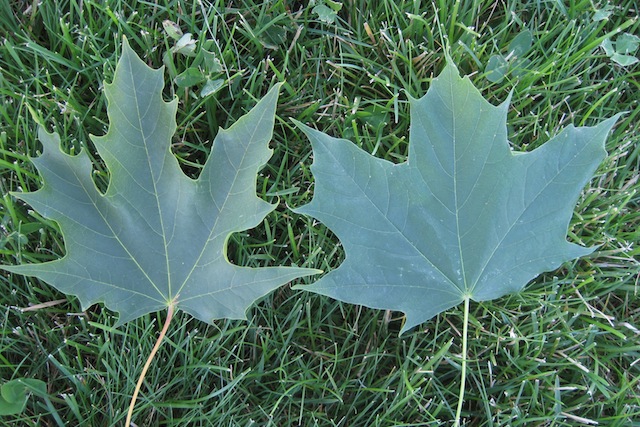Function and Strategy
Fundamental links between biology and design.What are functions and strategies?

Example
So, the polar bear’s fur is a strategy for insulation, but, more specifically, the characteristics of the polar bear’s fur are what make it especially good insulation. Studying how polar bear fur works could lead to the development of better insulation for human needs, such as outerwear, buildings, or other applications.
Fur absorbs infrared radiation
Learn about the polar bear’s fascinating strategy and some of the designs it has inspired on AskNature.
Identifying functions
For example, you wouldn’t ‘ask’ nature how to make make a fan. That doesn’t make any sense. Instead you might ask “How does nature move air?” or “How does nature cool?” It is often helpful to come up with a few variations on your “How” question, if possible. Doing so enables you to explore the functional challenge from different angles. (Moving air is just one way of cooling, and can serve other functions as well.)
For example…
- Do you want to design a bicycle helmet?
- Or do you really want to design a way to protect a bicyclist’s head from impact?
Phrasing your goal the second way opens up your mind to new approaches to your challenge and also the possibility that your design may look nothing like a current helmet. Once you ask “How does nature protect from impact?”, you can search for organisms or systems in nature that perform the same function.
The Biomimicry Taxonomy
The Biomimicry Taxonomy is a classification system the Biomimicry Institute developed to organize biological strategies by the functions they serve. It is also the underlying structure for Ask Nature, the world’s most comprehensive library (in database form) of biological solutions applicable to human design challenges.
When identifying the function(s) your design needs to serve, the Taxonomy can be a helpful reference. It will help you better navigate the content on Ask Nature and also provide keywords that may help you understand your challenge differently or search more effectively for biological information.
Recognizing Context
Definition Check
For example, a slow growing tree may use different sizes of leaves to optimize capture of sunlight for photosynthesis, while a vine may have leaves of all the same size but use rapid growth to best position those leaves for photosynthesis. Context determines how an organism or ecosystem successfully meets its functional needs.
In both biology and design, a strategy that works well to meet a function in one context, might not work in a different setting. To achieve the same function or outcome, a different strategy may be required. Furthermore, because contexts are complex, organisms and human designs often perform multiple functions and employ multiple strategies simultaneously.
Different contexts may or may not require different strategies for the same function




Function Self Quiz
The reverse is also true. As you observe the natural world around you, try to identify the functions, strategies, and contexts at play. Then see if you can think of similar functions and contexts in the human world and ways to apply the natural strategies you observe. It’s okay if you have to guess―you can always look up the answers later. The important thing is that you will be honing your skills of observation, looking at nature differently, and starting to think like a biomimic.
Image Credits
Maple leaves: Sherry Ritter, used with permission
Vines: modified after Chris Ford CC-BY-NC via Flickr
Snail: Sid Mosdell CC-BY via Flickr
Cyclists: reway2007 CC-BY-NC-SA via Flickr.



